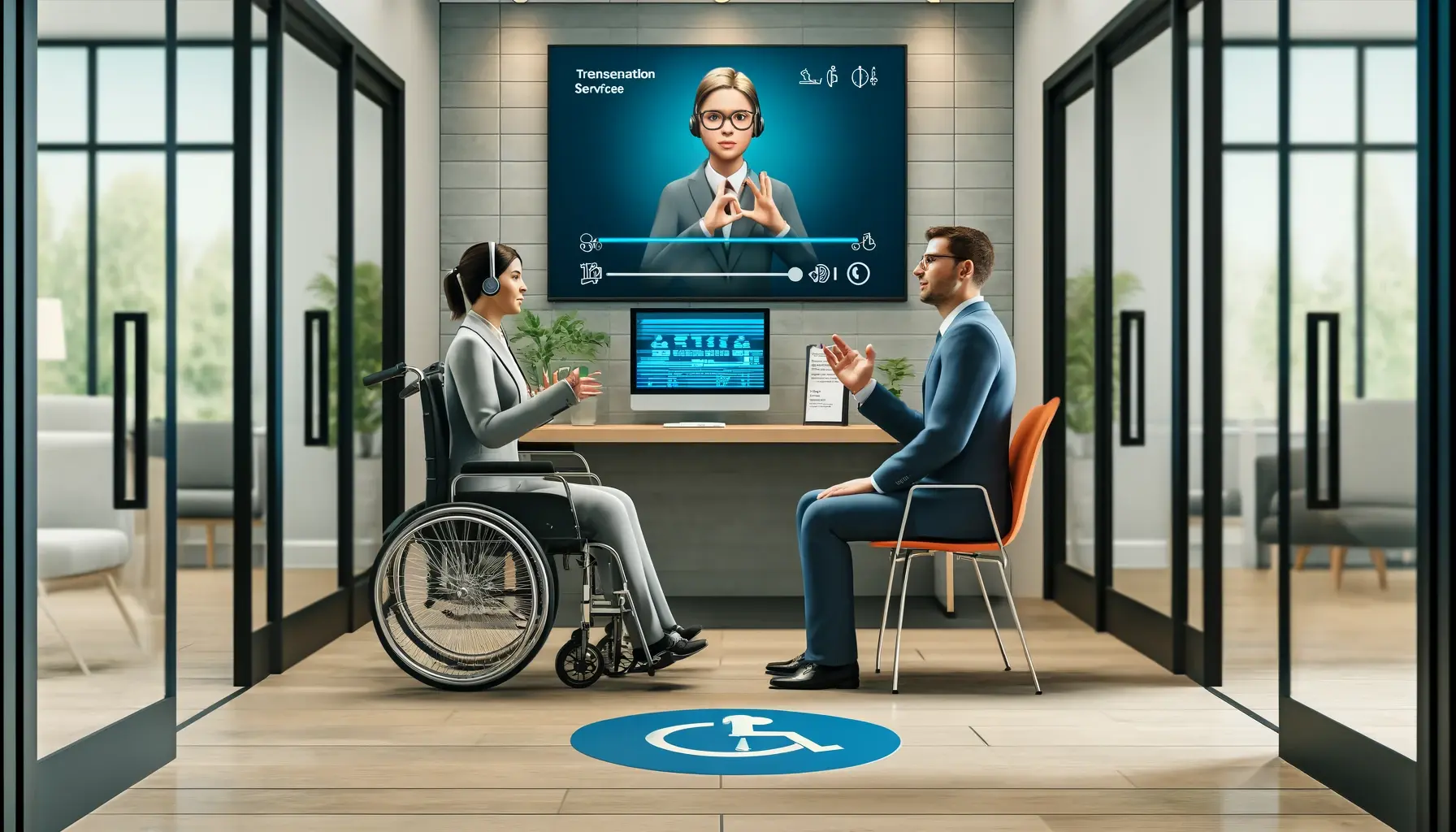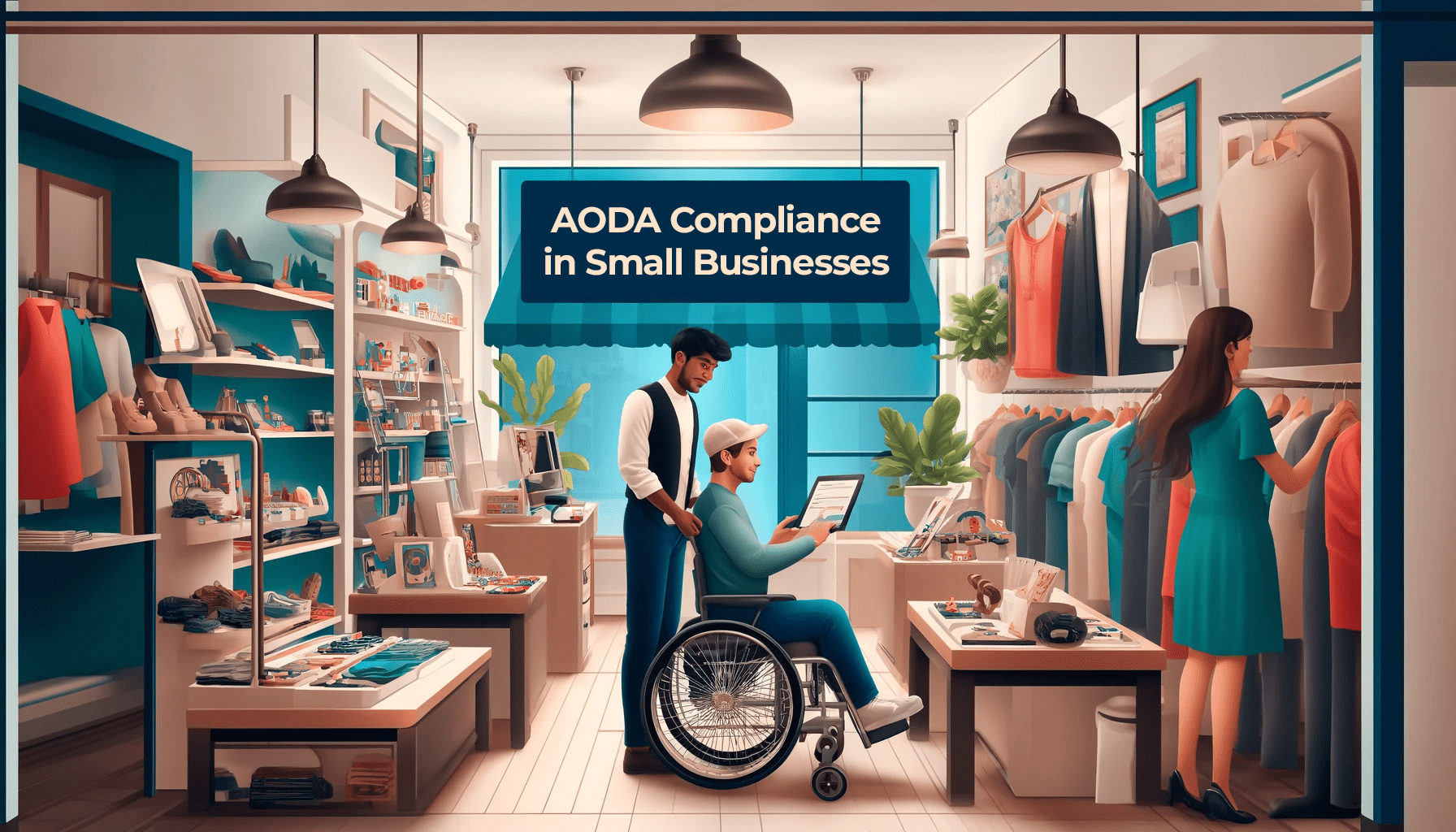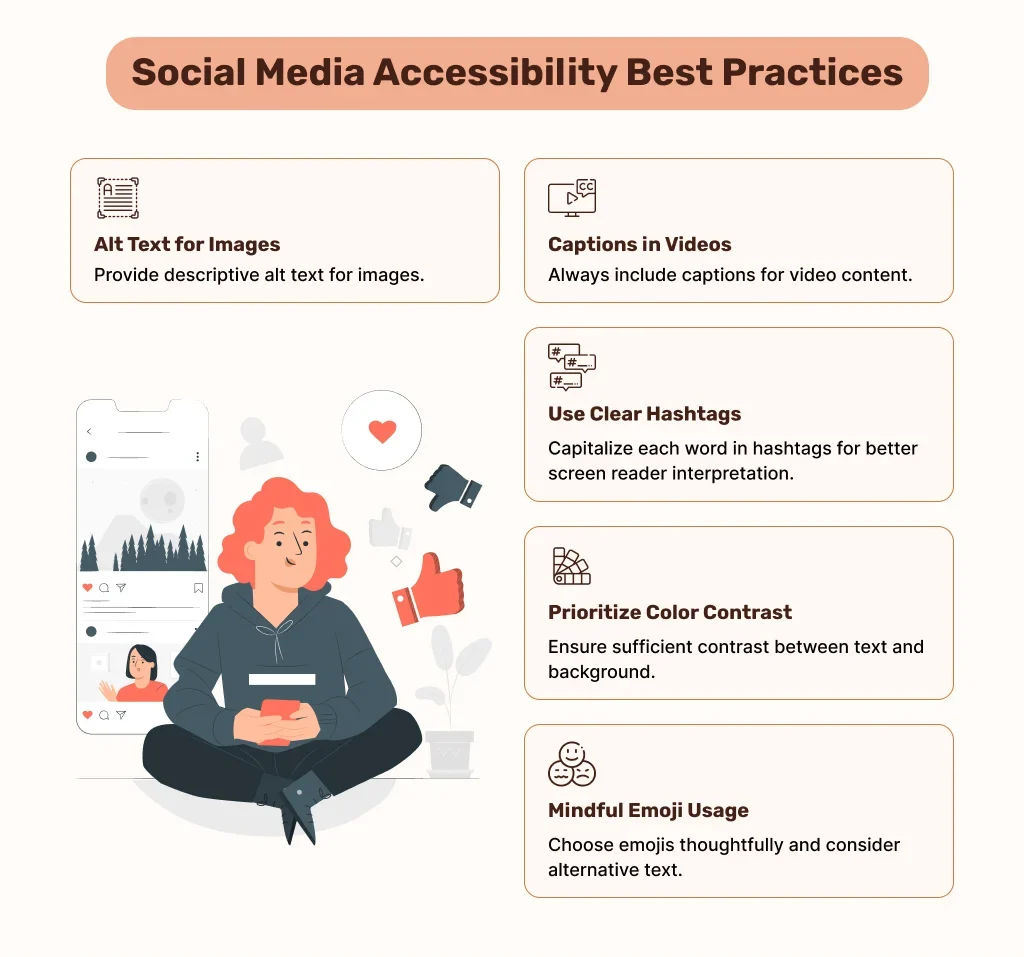Imagine you’re playing a video game for the first time and the instructions are hard to understand. That’s how the internet feels people with learning disabilities. This is where digital accessibility comes in to make sure that online spaces are easy to navigate for everyone, regardless of their ability.
When accessibility is not considered, websites and apps can become digital mazes that may result in shutting people with learning disabilities out of the online world. But there are steps you can take to reduce these barriers and make your web content accessible.
Understanding Cognitive Disabilities
Some people find it hard to remember things, focus, or understand complicated instructions. This can be because of conditions like dyslexia (where reading is tough), ADHD (which can make it hard to pay attention), or Autism Spectrum Disorders (which affects how someone communicates and interacts with the world). This can present specific barriers for people when navigating the internet, especially when websites and apps are not easy to navigate, when content is too complicated, and when websites are too text-heavy.
Principles of Cognitive Web Accessibility
Fortunately, the latest version of the Web Content Accessibility Guidelines (WCAG 2.2) offers specific practices for website owners and developers to address the needs of users with learning disabilities.
1. Simplicity and Clarity
Use clear, straightforward language and avoid jargon or technical terms. Break down complex information into smaller, digestible parts. This will help people with reading, interpreting, and understanding your web content.
2. Consistent Navigation
Maintain a predictable layout and navigation structure. This means being consistent in menus, buttons, and links. Consistency will help users predict where information might live and reduce the cognitive load.
3. Visual Supports
Incorporate supportive visuals and icons. Visual cues can help in understanding web content as it breaks up text. This is particularly useful for users who struggle with text-heavy content.
4. Memory Aids
Implement features that help with memory, such as breadcrumb trails, clear instructions, and the ability to save progress in forms or applications. This will help users who may have brain fog or other memory-related conditions, as well as difficulties related to focusing.
5. Error Prevention and Feedback
Design forms and input fields that prevent errors and provide clear, constructive feedback. Simplifying and guiding the user through the necessary steps can reduce frustration and cognitive overload.
6. Clear structure
Use headings, lists, and other formatting tools to break up text and make your content easier to follow. This will offer a roadmap for your content and allow users who may struggle with processing information to easily navigate your website.
Implementing Accessibility Features
If your website has timed activities, allow users to adjust time limits on tasks or extend them if needed. This is particularly important for tasks that require significant cognitive effort and it provides users with ample time to complete digital tasks regardless of processing speeds.
In order to make your website more accessible for people with learning disabilities, there are a number of digital features and tools you can include to make your content more accessible.
- Use ARIA (Accessible Rich Internet Applications) roles and landmarks to define page structure.
- Provide alternative text for visual content such as images and multimedia.
- Offer text-to-speech options for users who find reading challenging.
- Implement keyboard navigation for users who find mouse navigation difficult.
Testing for Cognitive Accessibility
By involving users with learning disabilities in the process of testing your website, you tap into their expertise and make sure that you are addressing their needs. That’s why it’s so important to engage people with disabilities in the process, learn from them, and incorporate their lived experiences to inform the usability and accessibility of your web content.
Making the web accessible to people with disabilities — which includes learning struggles — is not just a legal obligation under laws like the Accessibility for Ontarians with Disabilities Act, the Accessible Canada Act, and the Americans with Disabilities Act. It’s also a moral necessity to make digital platforms more inclusive for people of various needs, abilities, and challenges.
In the case of users with cognitive disabilities, web accessibility is about simplifying complex websites, ensuring web content is readable, and making online spaces easy to navigate. Contact Accessibility Partners Canada to learn how we can help you make your website accessible for people with learning disabilities.







